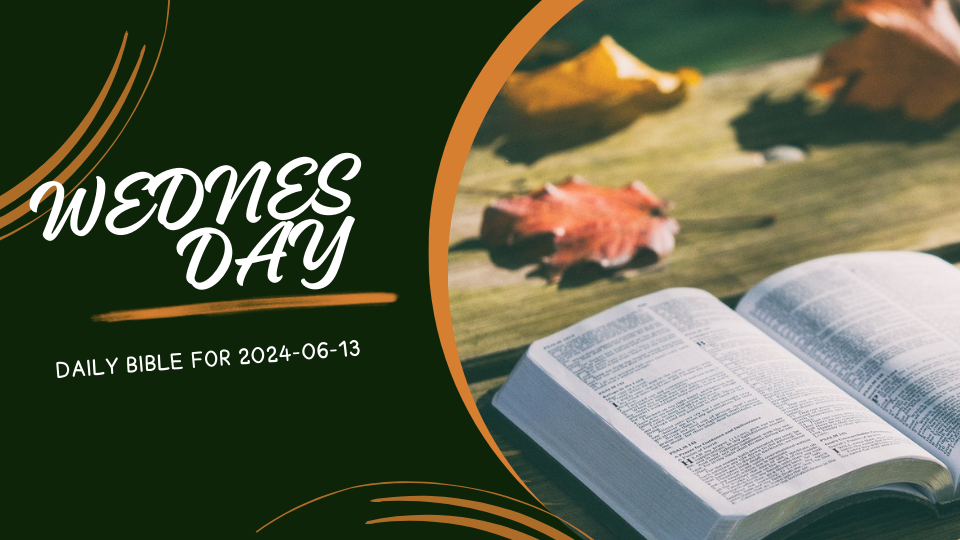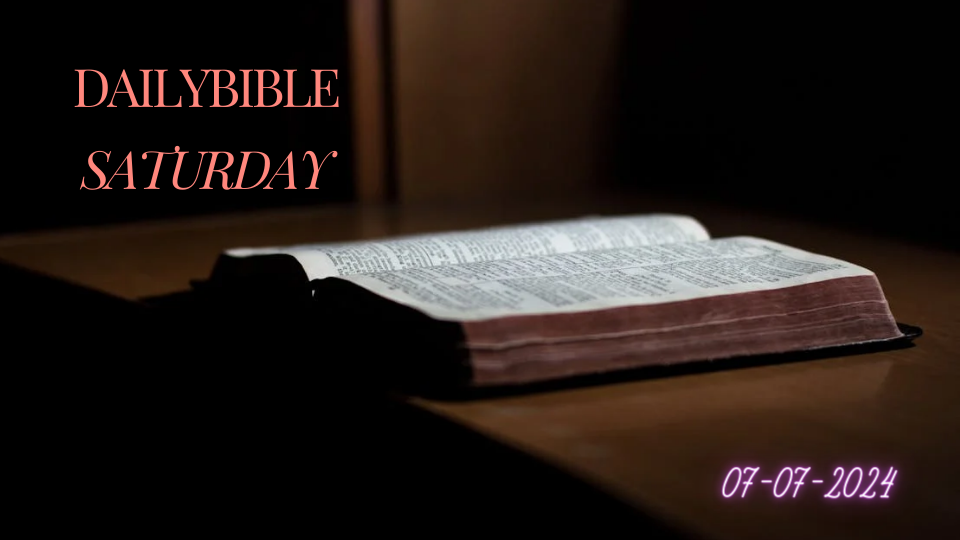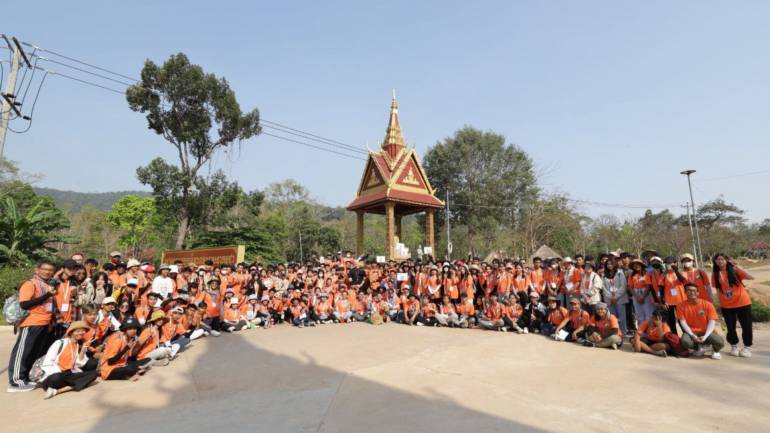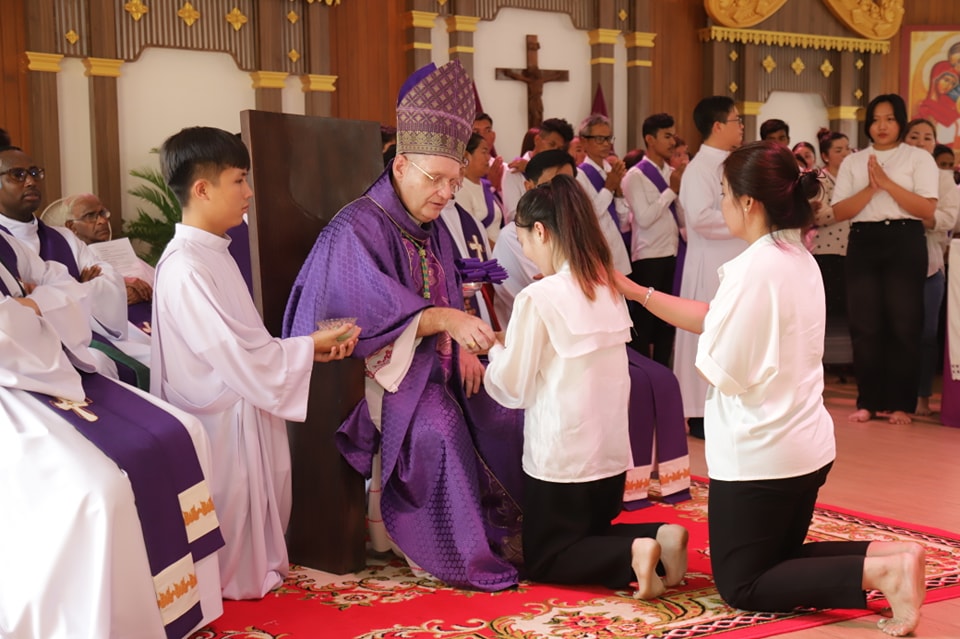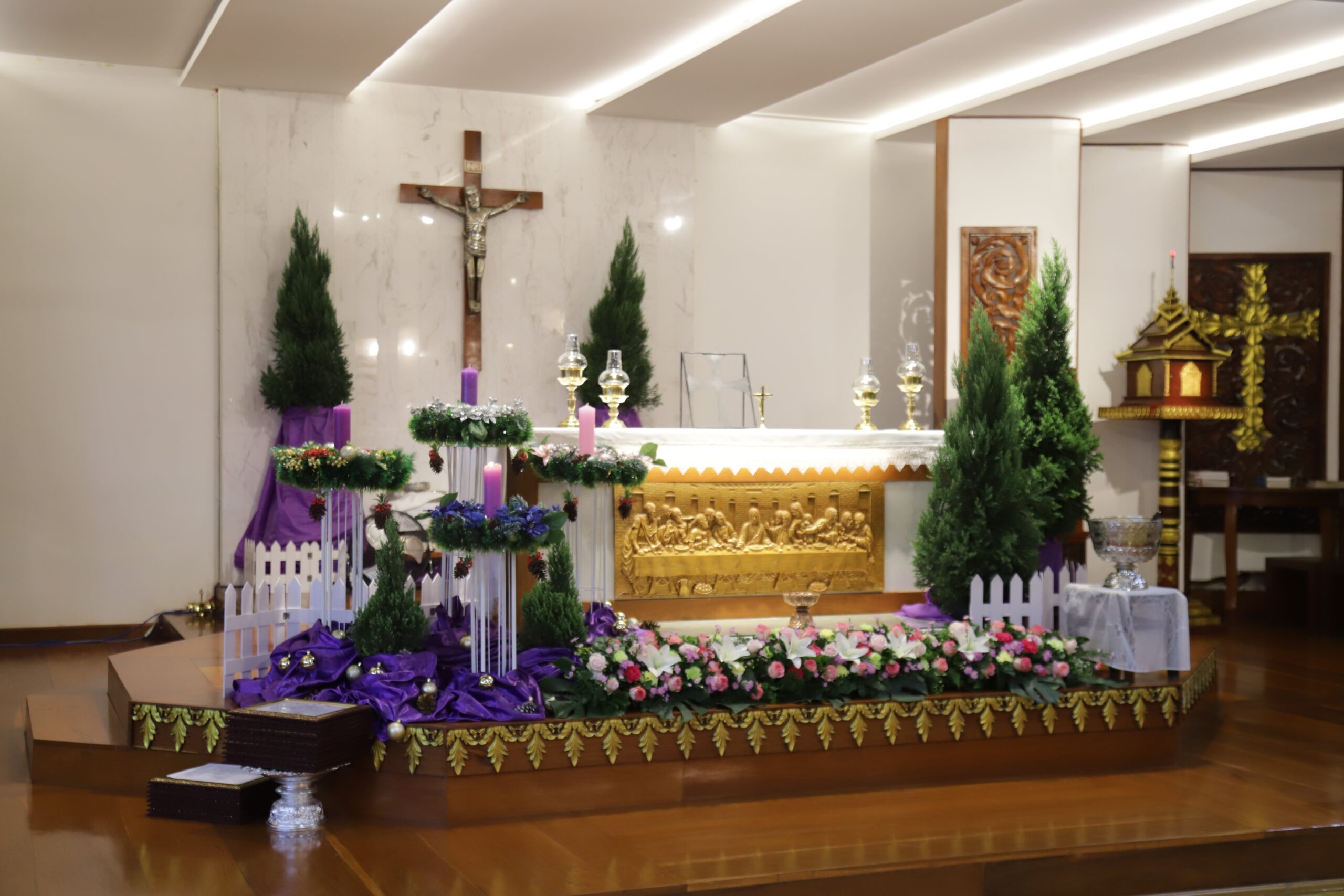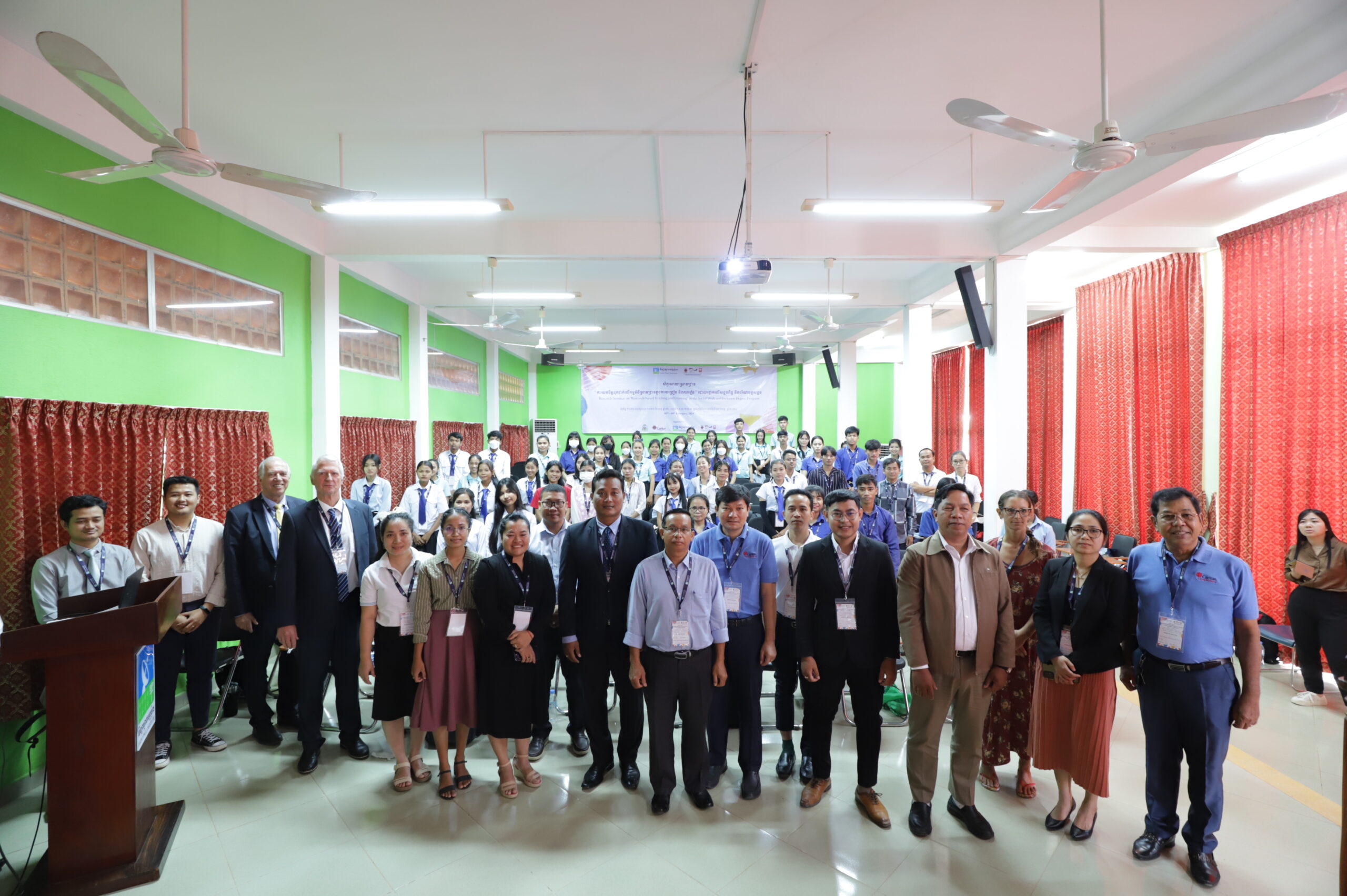source: UCAN, Christopher Joseph
Apostolic Prefect Enrique Figaredo Alvargonzález of Battambang in Cambodia became known as the “Bishop of the Wheelchairs” from 1985 because of his work as a Jesuit volunteer for handicapped people and refugees in the country.
He became head of the Apostolic Prefecture of Battambang, one of only three Catholic administrative units in Cambodia, in 2000. The other two are the Apostolic Vicariate of Phnom-Penh and the Apostolic Prefecture of Kompong Cham.
The Cambodian Church is tiny with only about 35,000 Catholics in a population of 17 million, who mostly follow Buddhism. But Bishop Figaredo says these are the best times for the Church in Cambodia because Christians enjoy relative peace, and freedom to work, and local vocations are increasing.
Bishop Figaredo spoke to UCA News in Bangkok on Oct. 22. He was in the Thai capital to attend the general conference of the Federation of Asian Bishops Conferences (FABC).
How is it even possible to have a synodal process in your tiny Church?
As we are a small community, the synodal processes are easier than in other places. In fact, we have been following this mentality and the synodal way for a long time. The MEP Fathers (priests of the Paris Foreign Mission Society) started many little synods in the 1990s. We’ve had synods every year, and sometimes twice a year since then.
We gather all the Catholics to discuss issues concerning our communities, and the people have been trained. So, this is not new for us. What is new here is that now we have full support from the pope.
Synods have been going on for a while so what kind of changes have they brought?
The Church in Cambodia is very small. The clergy used to be all missionaries and they focused on the lay people — catechists, and local leaders.
The missionaries’ message was fairly simple: We are here to help you but do not expect that we are going to come to resolve your problems. You have to educate your people, develop the community and also develop your liturgy.
So, beautiful things developed. We have had a lot of inculturation in liturgy. People use Cambodian ways to sit down, to respect God. We have a localized liturgy and it’s very beautiful.

How can the Asian Church help the Church in Cambodia?
The FABC can help us build a network with churches in Asia. The FABC has many offices for communication and formation. For example, we can send our youths to visit other youths. Currently, Cambodian youths are visiting churches in Malaysia, and Malaysian youths come to Cambodia.
In January, we’ll have seminarians from Singapore coming to Cambodia. We can offer them experience in a small church to get accustomed to the needs of the poor. Singapore is an established church and they can come to learn what mission is about.
Every year we get an invitation from the Taizé Brothers, in France. We have at least three young people going there every year.
Many who go there end up in religious life. Because they see religious life and get attracted to it. In my case, Taizé was very important for my priesthood.
Cambodia is an MEP mission area. How did a Jesuit become Apostolic Prefect there?
I am here because of refugees. I worked with the Jesuit Refugee Service (JRS) in the eighties and began in the refugee camps of Thailand.
Then I was invited to Cambodia by the American Friends Service Committee, or the Quakers, a Christian group. I worked in refugee camps with handicapped people, primarily landmine survivors. That’s why I am having my Pectoral Cross, where Jesus has an amputated leg.
I was doing outreach to the handicapped and to the poor. We helped many who were coming from the camps in their repatriation.
In 1998, when the situation in Cambodia started to change from war to peace, the Church wanted to reorganize everything. They were looking for leaders. The MEP leaders realized they did not have enough people and began to look for partners. They knocked on the door of the Salesians, PIME, Maryknoll, and the Jesuits.
I was the one that they selected because we were working together in the camps, and I had been working around Battambang since the war. The Vatican thought I was more suitable for that place since I could attract more Jesuits to come to Cambodia from Indonesia, the Philippines, and India. We have been on the journey together.
How ethnically diverse are Catholics in Cambodia?
We have many Catholics who were in Cambodia during the Vietnamese regime. They are Cambodians. Also, we have many Catholics, who come from refugee camps in Thailand. We also have Vietnamese people coming to Cambodia. It’s all mixed.
It is difficult to quantify Catholics in terms of their ethnicity. We really do not have any such statistics. But we have some 30,000 to 35,000 baptized Catholics. There are Thais, Vietnamese, and Cambodians. It is a pot with many ethnicities.
I think that in Phnom Penh, two out of three Catholics will be ethnic Vietnamese. But in Battambang it is the opposite: out of three Catholics, only one is an ethnic Vietnamese.
It may be wrong to look at people like that. Their family background may be from Vietnam. But if they go to Vietnam, they will never be recognized as Vietnamese.
One community that is more Vietnamese has its own journey. Another one that is from the refugee camps has a different journey. We have different ways of proceeding but will have a general approach with some specific changes to suit the circumstances. But we come together as a Church and we feel more unity when we are together. We see that unity is not uniformity and this is very beautiful.
For example, we now have a priest who is from a minority group, from the mountains. He’s not Vietnamese or Cambodian. He is from a minority group, and he brings something different. we are still enjoying variety and diversity inside the Church.
How strong is the local hierarchy?
We have so many missionaries. It is good but not so good. The missionaries are foreigners from many countries. I think we have missionaries from more than 20 nationalities in Cambodia.
But something new, something beautiful is happening. We now have a local person as Apostolic Perfect of Kampong-Cham. Father Pierre Suon Hangly was installed on Oct. 1.
Father Hangly was one of four seminarians we had in the early 1990s. They started their studies in the camps. But not all of them were refugees. Some went to the camps because the seminary had started there. Now all four are priests, and one became the Apostolic Prefect. It is something big for the Church. We now have Cambodian leadership following the war.
But we have very few vocations for the priesthood. We have nine Cambodian priests who belong to three dioceses. We also have three deacons in Cambodia. Some 80 foreigners from multiple nationalities, but mainly Asians, work as missionaries. Many would think of Europeans when hearing the word missionary. But except for 10 or 12, all the missionaries in Cambodia are Asian. They come from Korea, Indonesia, Vietnam, Thailand, India, Philippines — many different countries.
In Cambodia, there may be around 25 Jesuit missionaries. Of them, two are from India’s Ranchi area — Father Rajat and Father Manoj. They are from the Adivasi tribe. They are so community oriented; they are so committed. They are with the people, and they are the best missionaries.
How do you plan to develop local vocations?
We have many programs for the youth and for leadership in the community. We have candidates in the parishes, and we have Apostolic Schools, where we try to see if they can fit in for seminary training. But it is not easy because many of them are not coming from Catholic families.
If you are from a Catholic family, it is easy because the family can support you. But we are trying little by little. Slowly we are building up. When speaking about vocations, we should also consider vocations to be religious. We have young people joining the Salesians and the Jesuits. Salesians have both boys and girls.
We also have other religious groups of consecrated women such as the Lovers of the Cross, and the Immaculate Heart of Mary. Considering the tiny nature of the Church, I would say we have many vocations. And it is growing. Cambodians are still very religious. We can invite them to the religious life, to the consecrated life, to the priesthood.
Is communication between foreign missionaries a problem?
Khmer (Cambodia’s official language) is our language. I’m a Cambodian national and have a Cambodian passport. That is the case with most missionaries such as Apostolic Vicar Olivier (Michel Schmitthaeusler of Phnom-Penh, an MEP missionary). It is the common language of the Church.
But I am happy to be recognized as a Cambodian by the government. I feel recognized by the government, and by the people. They consider me to be one of them.
How free is Cambodia to practice religions?
They control a lot, but it is normal. These days, with so many problems they have to control because of Chinese investors and other people coming in. The control is to counter the threat of terrorism. They also have to control the Muslims, and checks are needed to end abuses.
I’m not saying there is terrorism in Cambodia. But it is very easy to smuggle things into the country. The Muslim population is very small, maybe 3 percent. But Christians are nothing in terms of number, but our presence, particularly the Catholic presence, is recognized. We are not so into politics, nor do we have Catholic political leaders.
But at the local level, we can have a mayor or village leader. But in the cities, we have no political representation. There are no Christians in parliament. But there is a Muslim member of Parliament.
The government not only accepts us but also appreciates our presence because we address the needs of the poor.
We are not competing with anyone, we are doing our job. They appreciate that we are engaged and that we are not like NGOs that create problems. We really engage with the people.
The Church, with the help of Caritas, tries to approach the government to make governance better in matters such as social development, transparency, or ecology. Caritas works to help the government be closer to the issues, close to the people.
What kind of institutions does the Church run?
We have the St. Pauls Institute, which could develop into a university. It was initiated by Bishop Olivier, and it is flourishing.
The Salesian Sisters have their own high school, and Salesian priests have three technical schools. The Jesuits have a high school. The Marisist Brothers have a high school for handicapped people. We have some institutions, although not as many as you would see in other parts of Asia.
We do not have big hospitals, but we have health centers. But Caritas is running two hospitals with the government. One is an eye hospital and another is for mental health patients.
We have Doctor Bhoomi Kumar from India who has been in Cambodia for more than 30 years. He is the leader of a group for mental health. The Takeo Eye Hospital belongs to the government, but Caritas is a partner. The Maryknoll Fathers initiated it with an aim of reducing poverty by reducing avoidable visual impairment. It is the best hospital for eye treatment in Cambodia.
What do you think about Church life in Cambodia?
We are in golden times at this moment. The government is helping us. We have the freedom to work and also enjoy the freedom of belief. We face no problems from the government.
In the governance of the Church, we have the new Prefect Apostolic, who is a local man. We also have three new deacons. These are the first local vocations since the war and therefore very important and historical too. It shows that the local Church is growing and becoming able to take care of itself.
Now, out of Covid, we are emerging with new activities. Something good has come out of Covid: we were put in touch with the people. It allowed to quietly reach out to the people, and to the poor. We were there during Covid helping people, so people know us and the government knows us
Generally, I must say the Church in Cambodia is emerging from its dark times. When we see the state of Christians in other places around us, we feel so lucky. We have no big conflicts, of course, political conflicts we have everywhere, but we are at peace.
There is the government of Cambodia who has put up slogans everywhere: “Thank you, peace.” They are right. We have many injustices, and many problems. But “thank you, peace,” we can run things.
I think we have a great future. Well, we have a great present already.



